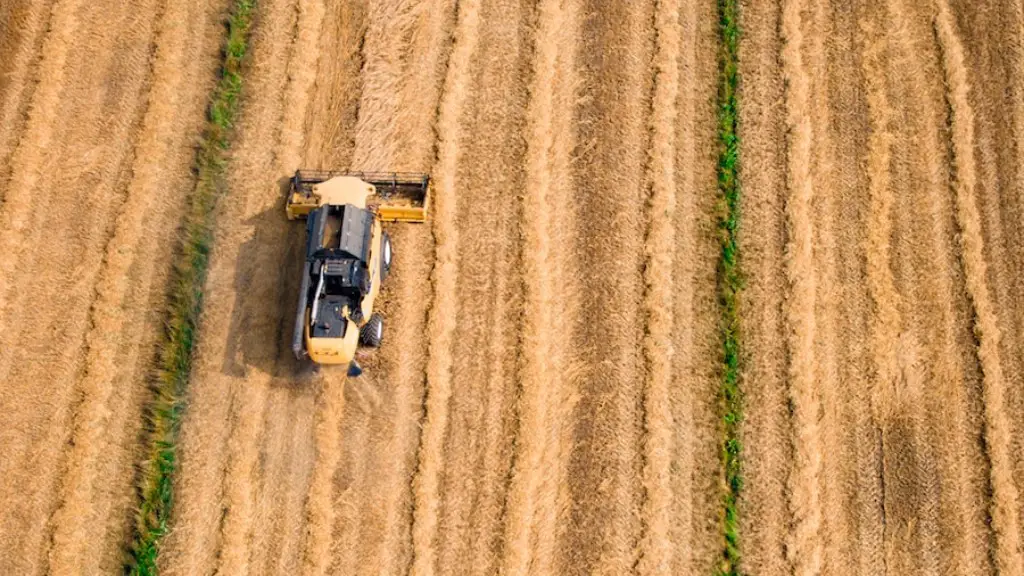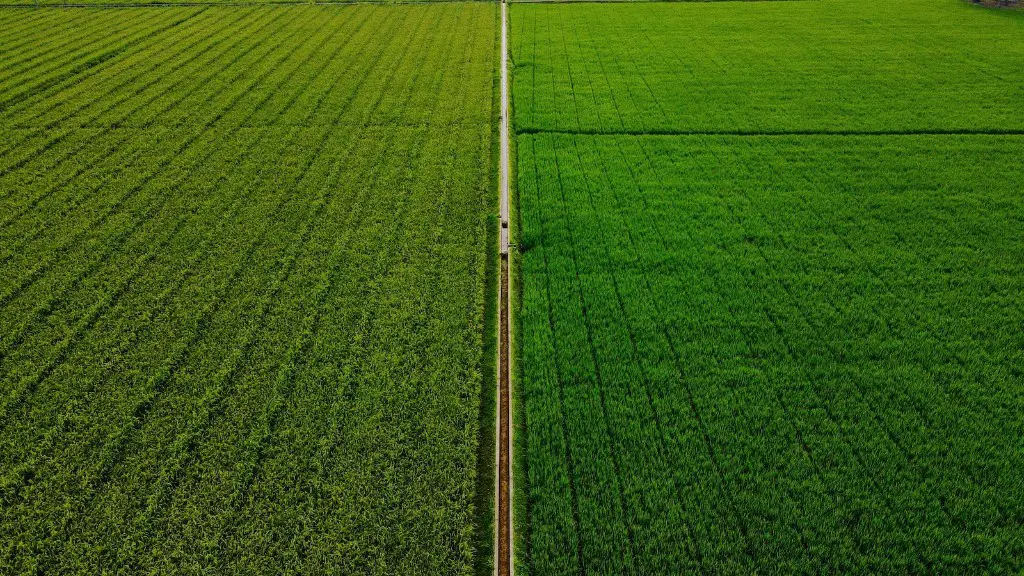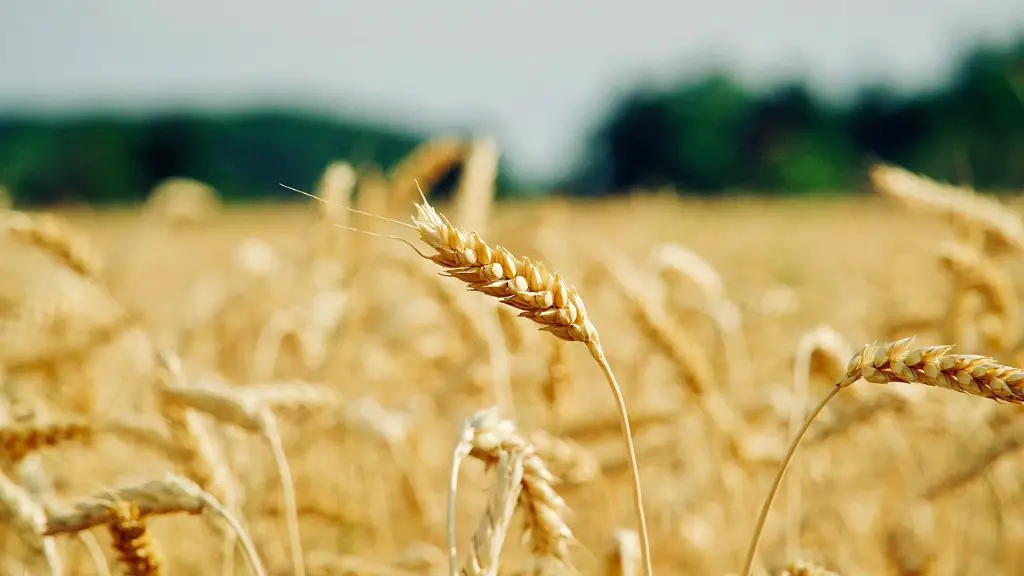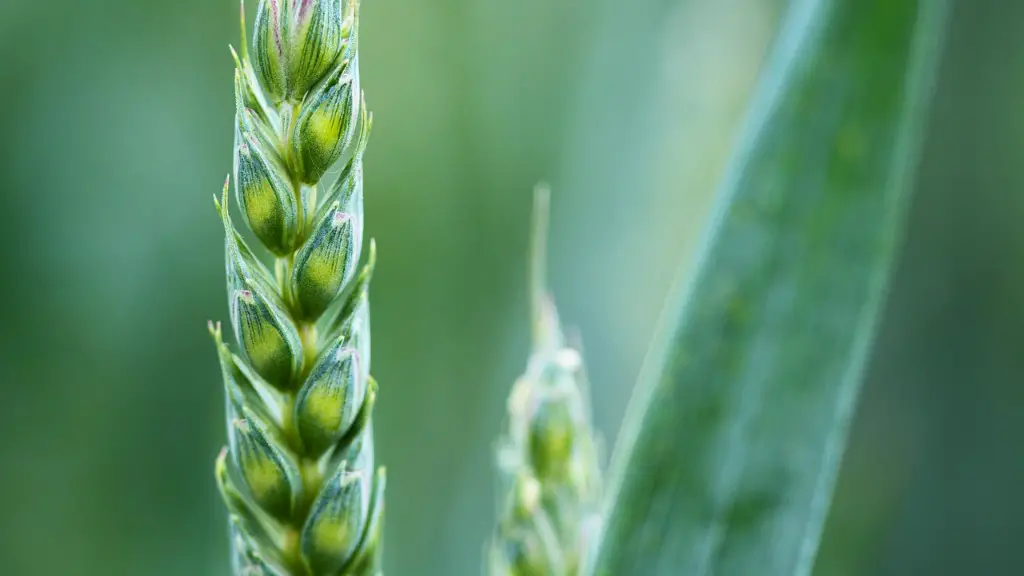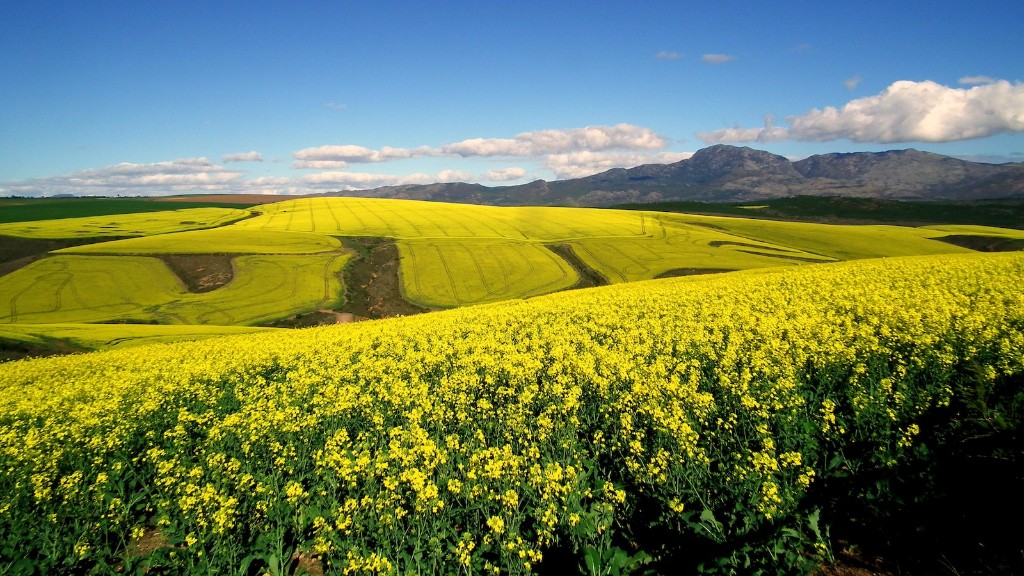Liming in agriculture is the practice of fertilizing and acidifying the soil primarily by adding lime, which is primarily composed of calcium and magnesium. The primary purpose of liming is to reduce soil acidity and make the soil more conducive to plant growth. Lime is also added to increase calcium levels in the soil, as calcium is an essential nutrient for plant growth.
In addition to improving soil fertility, liming also has other benefits. For example, lime acts as a buffer to keep the pH of the soil within a certain range, so the soil will not become too acidic or too alkaline, both of which can harm plant growth. The addition of lime also helps improve the structure of the soil so that water and nutrients are more easily available to plants.
Liming is usually done on an as-needed basis. It should be done if the soil test results indicate that the soil has a pH lower than 6.0. The amount of lime needed depends on the soil’s pH, the soil type, and the crop being grown. In general, most soils will require between one and two tons of lime per acre, although some soils may require more.
Liming can be done in several ways, including broadcasting, banding, and dolomite injection. Broadcasting is the most common method, in which lime is spread uniformly over the soil surface and then worked into the soil. Banding is an alternative method, in which the lime is laid down in two to three-foot wide bands across the field. Finally, dolomite injection is a specialized method in which lime is injected directly into the soil.
Liming is an important part of crop production, as it helps ensure that the soil is optimal for plant growth. By maintaining the correct soil pH and improving the soil structure, liming helps improve the health of the soil and can lead to increased crop yields.
In conclusion, liming is an important part of crop production, as it helps create a more conducive environment for plants to thrive. By correctly managing the soil’s pH, improving the soil structure, and increasing calcium levels, liming helps ensure that the soil can support healthy plant growth.
Types of Liming Materials
The most commonly used liming material is high-calcium lime, also known as agricultural lime or simply “ lime”. Lime is made from the burning of white limestone, calcitic limestone, marl, or shells, and is usually available in the form of a powder, pellet, or lump. Lime is the most cost-effective liming material and is used to raise a soil’s pH quickly, as it is highly reactive.
Other liming materials include hydrated lime, also known as slaked lime, which dissolves quickly and is often used in agricultural settings where soils need to be limed in a short amount of time. Dolomitic lime is also used in many agricultural settings, as it contains both calcium and magnesium, which can increase crop yields more efficiently than calcium-only liming materials. Finally, magnesium limestone is made from burning limestone that has a higher percentage of magnesium than calcium, and is used in situations where both magnesium and calcium are needed to improve soils.
Liming Procedure
The liming procedure begins by testing the soil to determine the current pH and nutrient levels. A soil test will also reveal if the soil is compacted, nutrient-deficient, or otherwise problematic. If a soil test indicates that the soil’s pH is below 6.0, a decision must be made as to which liming material should be used and at what rate it should be applied.
Once the decision has been made, the lime should be spread across the field, either by broadcasting or by banding. Generally, broadcasting is done with a tractor and spreader, while banding is done with a tractor and spreader or a hand-held spreader. After the lime has been spread, it should be worked into the soil with a cultivator, harrow, or other type of equipment.
Finally, it is important to monitor the soil frequently after liming to ensure that the liming material has had the desired effect and that the soil’s pH is within optimal range. This should be done on a regular basis, as the liming material will gradually leach out of the soil if left unchecked.
Considerations for Liming
When liming soils there are several considerations that should be taken into account. First and foremost, it is important to select the appropriate liming material for the appropriate soil. Different soils have different characteristics, and using the wrong liming material can have negative effects. For example, using dolomitic lime on a soil with high magnesium levels can lead to the buildup of magnesium in the soil, which can interfere with the uptake of other essential nutrients.
Another consideration is the rate and timing of liming. If too much lime is applied, it can lead to a buildup of salts in the soil, which can also cause problems for plant growth. Too little lime can also lead to problems, as the soil’s acidity may not be lowered enough to create optimal conditions for plant growth. Generally, the application rate should be based on the soil’s pH level and the type of liming material being used.
Finally, liming should not be done when the soil is too wet or too dry. Doing so can cause the liming material to become ineffective, as it will not be able to work its way into the soil properly. When liming, it is best to wait until the soil is slightly moist but not soggy.
Fertilizing After Liming
Once the soil has been limed, the next step is to fertilize the soil to ensure that the soil has adequate nutrients to support abundant crop growth. Fertilizers come in many different forms, including dry, granulated, and liquid fertilizers. Dry fertilizers should be applied evenly over the soil at the recommended rate. Granulated fertilizers should be evenly spread throughout the soil and raked in. Liquid fertilizers should be evenly spread throughout the soil and watered in. It is also important to note that fertilizers are generally applied after liming, as the lime can make some of the nutrients in the fertilizer less available to plants.
In addition to applying the appropriate fertilizer, it is also important to monitor the soil’s nutrient levels. This can be done through periodic soil testing, which can reveal if the soil has adequate levels of the essential nutrients needed for optimum crop growth. If the soil’s nutrient levels are low, additional fertilizer may need to be applied.
Finally, other amendments such as gypsum, sulfur, compost, and manure can also be added to the soil to improve its structure and fertility. These amendments can help to supplement the nutrient levels in the soil, as well as provide other benefits such as improved drainage and aeration.
Liming is Good for Crops
Liming is an important part of crop production, as it helps to maintain the soil’s pH within the optimal range for plants to thrive. By using the appropriate liming material and applying it at the correct rate and time, growers can ensure that their soils are properly limed and they can maximize their crop yields. In addition, by monitoring the soil’s nutrient levels and applying other amendments as needed, growers can create a more fertile soil that is better equipped to support abundant and healthy growth.
Liming on a regular schedule will also help to ensure that the soil is continually kept at the correct pH. This will ensure that the soil remains balanced and healthy, which will ultimately lead to increased crop yields. By following the proper liming procedures, growers can ensure that their soils are optimized for plant growth and can maximize their crop yields.
Lastly, liming the soil is beneficial for the environment, as it reduces the amount of soil acidity and helps to maintain optimal pH levels. Doing so helps to conserve soil resources, reduce runoff and leaching, and improve water quality. This makes liming a crucial part of any farming operation that emphasizes sustainability and environmental conservation.
